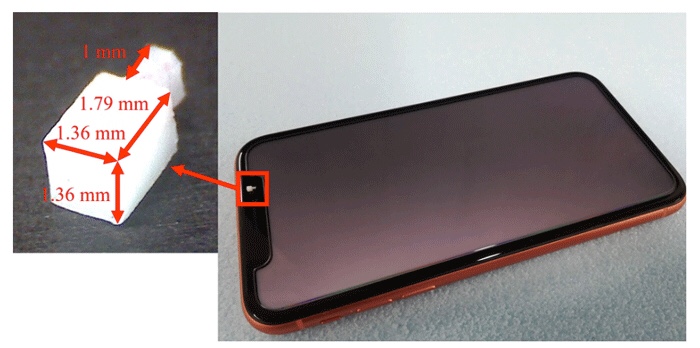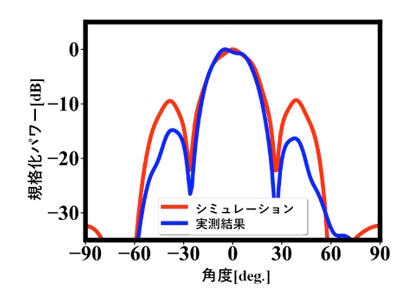


Japan 6G: Softbank develops terahertz wireless antenna: for 300GHz band radio
Japan 6G:
Gifu Univ, SoftBank, NICT, Tomsk Polytechnic Univ
Looking ahead to the Beyond 5G/6G*1 era, we have succeeded in developing an ultra-small antenna that operates in the 300 GHz band terahertz radio.
6G technology development:
In recent years, the development of 6G technology that achieves transmission speeds of 100 Gbps and above has begun worldwide.
Terahertz radio:
The terahertz radio can use a wider frequency band than the 5G/millimeter wave band.
Therefore, it is expected to be used as a candidate for ultra high-speed wireless systems.
Conventional problems:
However, there is a “difficult point that the propagation loss of terahertz radio frequency is extremely large.”
Development of an antenna with high gain is essential for practical application.
Gain can be improved by increasing the size of the antenna.
However, “development of a small and high-gain antenna for smartphones” is indispensable.
The challenge was to balance size and gain.
Solving Problems: Research Group
We focused on the photonic jet effect that occurs when using a rectangular parallelepiped dielectric material. ..
Uses a rectangular parallelepiped dielectric material with the same size as the radio signal wavelength (about 1 mm).
It was applied to the development of a small antenna.
Developed antenna:
The size is the same as the radio signal wavelength while keeping the gain at about 15 dBi (simulated value).
Achieved a size of 1.36 mm × 1.36 mm × 1.72 mm (opening area: 1.8 mm2).
Realization of ultra high speed wireless communication:
From now on,
Applying a micro antenna to a terahertz wireless transmission system,
Realization of a small antenna of the same size as the radio signal wavelength,
Implementation on an integrated circuit that operates with terahertz radio,
By mounting the small DCA realized in this research and development on smartphones,
We can realize 6G devices that exceed 100Gbps.
NICT-National Institute of Information and Communications Technology